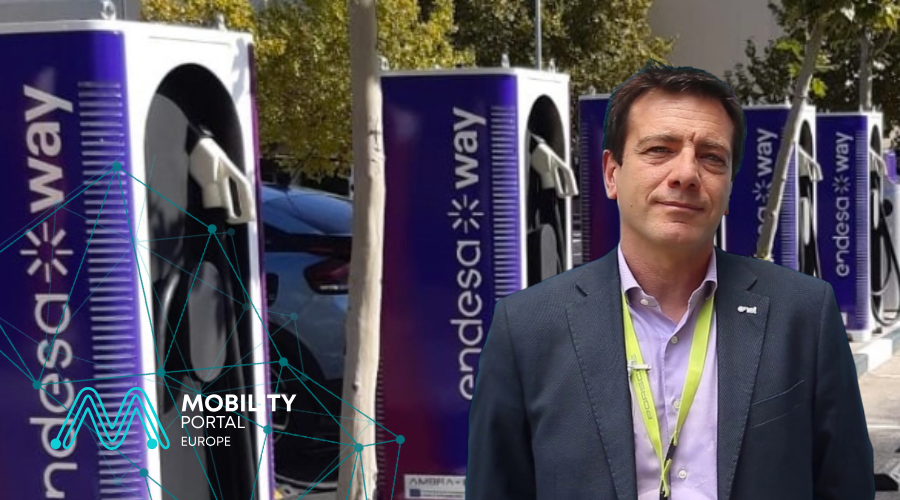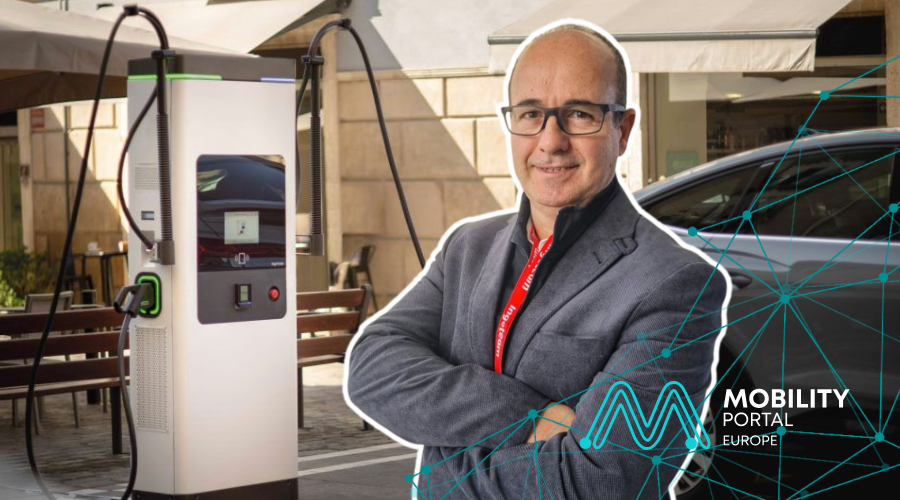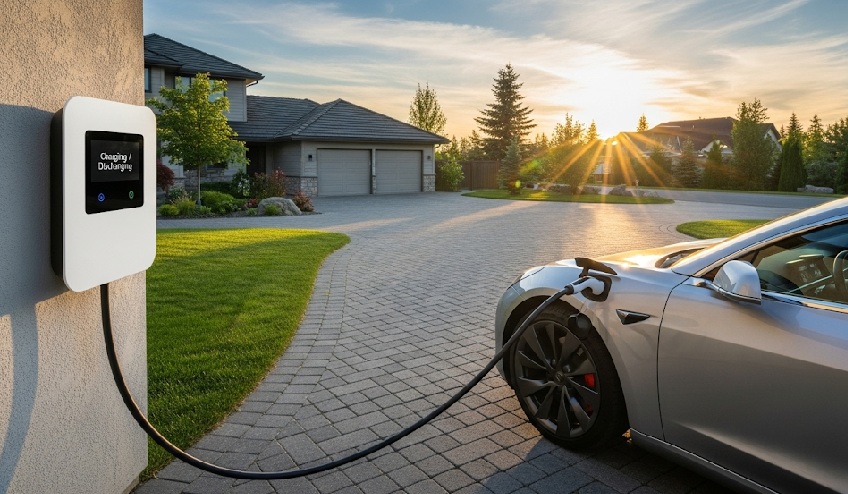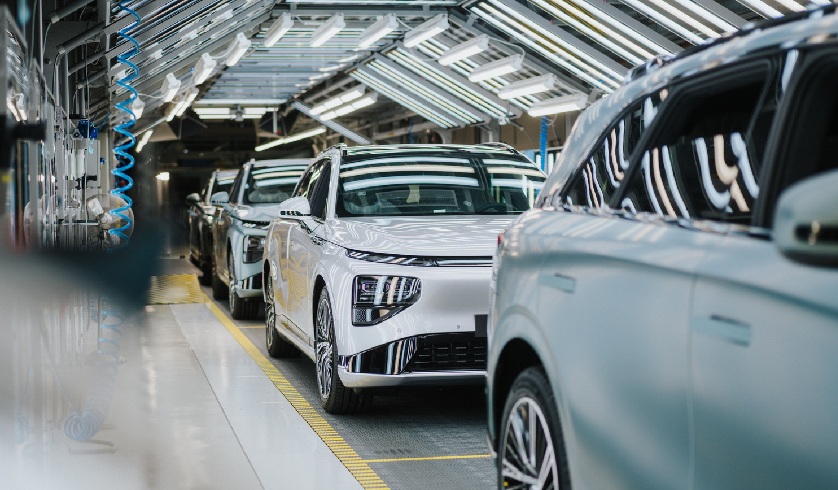“Charging infrastructure must make sense not only for users, but also for those who invest in it.”
This was the message from Simone Tripepi, CEO of Enel X Way, during the event “Smart mobility and urban innovation. Towards a new vision of the city”, organised by BLB Studio Legale and promoted by Senator Gianni Berrino.
In his address to the Senate, Tripepi highlighted Italy’s leading position in terms of charging infrastructure: over 64,000 public charging points nationwide for a fleet of fewer than 300,000 battery electric vehicles.
This ratio, he explained, places Italy ahead of markets such as Germany, France, the UK and even Norway in terms of charging points per 100 electric vehicles.
“I’m not considering plug-in hybrids, as they have alternative options for charging. But without doubt, Italy stands out for the balance between available infrastructure and real demand,” Tripepi stated, citing data from the latest Motus-E report.
This leadership is also reflected in the rapid growth of the charging network: in the past three years, Italy has doubled its number of public charge points, with strong concentration in regions like Lombardy, Emilia-Romagna and Piedmont, while the South and islands still show more limited coverage.
Most charge points installed are alternating current (AC), although direct current (DC) fast-charging stations are increasingly being deployed, driven by companies such as Be Charge, Free To X, and Enel X Way itself.
Tripepi clarified that the electric network and its deployment logic cannot follow the model of traditional fuel stations, built for combustion engine vehicles.
“They are different contexts, with different costs and dynamics. If a charge point isn’t economically sustainable, then it simply shouldn’t exist,” he argued.
According to the CEO, the country is experiencing a mature stage of infrastructure development, both public and private. When factoring in residential wallboxes, especially in single-family homes and businesses, the coverage improves even further.
“The overall state of public and private infrastructure is healthy. It is performing better than the current demand,” he noted.
However, growth must be strategic. Every new charging point must be justified within the electric mobility ecosystem, taking into account its financial viability, expected usage, and ability to generate tangible value.
“Each new installation must deliver value for both citizens and investors,” Tripepi insisted.
The aim, he concluded, is to ensure the long-term sustainability of the system, avoiding underused or financially unviable infrastructure and building an intelligent, efficient network aligned with the goals of the energy transition.
READ MORE
-
Ingeteam sets eMobility expansion in the DACH market and expects to launch MCS by 2026
The company is moving forward with its strategic plan focused on consolidating its presence in major European markets. Juanjo Figueruelo Hernández shares details about current operations, upcoming markets, and reveals insights into its new 1.7 MW charger for heavy-duty fleets.
-
Germany promotes flexible storage use and bidirectional charging with new regulation
For the bidirectional charging, the ruling enables charging points to be treated as storage units within home energy management systems and benefit from the same provisions for grid feed-in that is eligible for support and balancing.
-
Xpeng begins EU EV production with Magna: “A first step in our European growth”
Thanks to its extensive experience and state-of-the-art facilities, Magna is in a prime position to support XPENG’s goals for the European market. When will series production begin?










